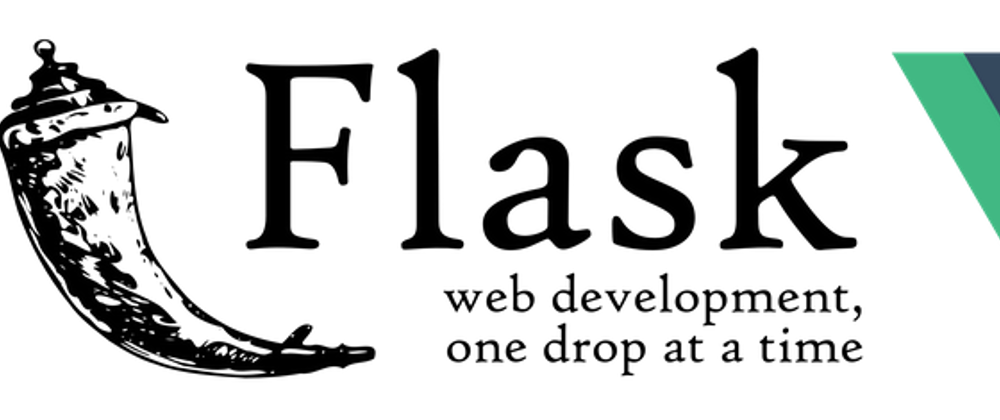In this post, I'll walk you through how to deploy a Flask and Vue app to Heroku. The final product is a super basic project you can extend to your needs.
Inspiration was drawn from this post by Shaylan Dias and has been adapted to Vue.
TLDR; Here's my GitHub Repo and here's the final product.
Step 1: Create a basic Vue app
We're using Vue CLI for this project.
mkdir heroku-test
cd heroku-test
# Instantiate git
git init
# Vue CLI to create child folder
vue create client
cd client
npm start
Now, you'll get a localhost link in your terminal. Visit that and view your frontend.
Step 2: Create Flask server
I assume you have pip installed for this. If not, download pip.
# Create a virtual Python environment for this project
python3 -m venv .venv
# Activate the virtual env
source .venv/bin/activate
# Install dependencies
pip install flask gunicorn python-dotenv
# Create requirements.txt
pip freeze > requirements.txt
# Set up the .env file
touch .env
echo "FLASK_APP=server.app:app" > .env
# Create the server
mkdir server
cd server
touch app.py
Now you have to set up app.py, this is a basic script that'll do the job:
from flask import Flask
from dotenv import load_dotenv
import os
load_dotenv()
# Set up the app and point it to Vue
app = Flask(__name__, static_folder='../client/dist/', static_url_path='/')
# Set up the index route
@app.route('/')
def index():
return app.send_static_file('index.html')
if __name__ == "__main__":
port = int(os.environ.get("PORT", 8000))
app.run(host='0.0.0.0', port=port)
When setting upp the app (app=...) it's crucial that it's pointed to Vues static files. When using Vue CLI, these can be found in the dist folder.
Step 3: Setup for Heroku
First, create a package.jsonand Procfile in the root of your project.
The Procfile will tell Heroku what processes to run.
# Procfile
web: npm start
And package.json specifies the project's dependencies:
# package.json
{
"name": "heroku-flask-vue",
"version": "0.1.0",
"private": true,
"dependencies": {
"core-js": "^3.6.5",
"eslint": "^7.13.0",
"vue": "^2.6.11"
},
"devDependencies": {
"@vue/cli-plugin-babel": "~4.5.0",
"@vue/cli-plugin-eslint": "~4.5.0",
"@vue/cli-service": "~4.5.0",
"babel-eslint": "^10.1.0",
"eslint": "^6.7.2",
"eslint-plugin-vue": "^6.2.2",
"vue-template-compiler": "^2.6.11"
},
"scripts": {
"start": "gunicorn server.app:app",
"build": "cd client && npm run build"
},
"eslintConfig": {
"extends": "plugin:vue/recommended"
},
"browserslist": {
"production": [
">0.2%",
"not dead",
"not op_mini all"
],
"development": [
"last 1 chrome version",
"last 1 firefox version",
"last 1 safari version"
]
},
"engines": {
"node": "12.x"
}
}
Step 4: Create the Heroku app
Now, we have to create a Heroku app. If you don't have Heroku CLI installed, follow these instructions.
heroku create <name-for-your-app>
# create a remote git connection
heroku git:remote -a <name-for-your-app>
# These buildpack tell Heroku to install Python and Node
heroku buildpacks:add --index 1 heroku/nodejs
heroku buildpacks:add --index 2 heroku/python
Step 5: Test locally and then deploy
npm run build
npm start
# If it works, deploy!
git commit -am 'Ready to deploy!'
git push heroku master
Heroku CLI will give you a link when your app has been deployed, follow that and voilá!
Final
Great job! You've created a Vue + Flask app and deployed it to Heroku. Now try changing for example the <h1>. PS. Don't forget to run npm run build before pushing to Heroku again.







Top comments (0)